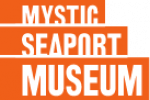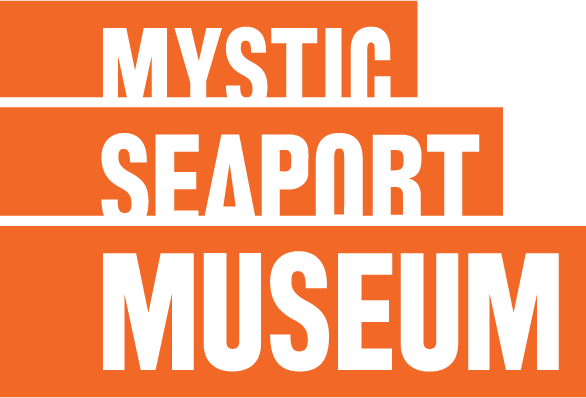
The Maritime Gallery at Mystic Seaport honored 11 artists at the opening of its 37th Annual International Marine Art Exhibition and Sale on Saturday, October 1. The International is a juried show that features the finest examples of contemporary marine art in the United States. This year artists from around the world presented examples of their most recent work. All submissions are a new work that has not been previously exhibited.
“This exhibition and sale continues to delight art lovers and visitors year after year, showcasing the finest art by today’s leading marine artists,” said Monique Foster, director of the Gallery. “We are very pleased to be able to recognize their outstanding work with these awards. ”
Participating artists were honored with four awards of excellence and seven named awards–including the Rudolph J. Schaefer Maritime Heritage Award, which recognizes the work that best documents maritime heritage for future generations. The judges were John Hays, Deputy Chairman, Christie’s Americas; and Todd French, French & Webb, Inc., Co- Founder and President.
All of the award winners and the entire exhibition may be viewed in the Maritime Gallery at Mystic Seaport through December 31, 2016.
Rudolph J. Schaefer
Maritime Heritage Award
Give in memory of Rudolph J. Schaefer’s devotion to preserving maritime history and making it accessible and enjoyable, the judges recognize the artists whose work best documents our maritime heritage, past or present and for generations of the future.
Frederick Kubitz
“Two Barkentines Docked, Port of Boston, 1880”
(See above)
Stobart Foundation Award
This award is given to encourage the importance of painting from life. The judges will recognize the work that attracts their attention most by virtue of its uniqueness of style, quality of light and atmosphere.
Leif Nilsson
“From Hamburg Cove”

Maritime Gallery Yachting Award
This award celebrates the singular pleasures of going to sea. The judges will recognize the work that best captures the beauty and excitement of sailing in all its many forms.
Laura Cooper
“Resolute, America’s Cup Defender, 1920″
Marine Environmental Wildlife Award
This award acknowledges the importance of preserving the fragile balance within the world’s ecosystems. The judges will recognize the work that best depicts marine mammals, fish or birds in their native habitat.
Cindy House
“Plovers over the Gulf”

Thomas M. Hoyne III Award
Given in memory of Thomas M. Hoyne III’s dedication and contributions to accurate-historical representation of the great Gloucester fishing schooners and the men who sailed them, the judges recognize the work that best documents an aspect of the marine fisheries industry of today or yesterday.
Paul George
“Back Cove”

The Museum Purchase Award
The Museum Purchase Award is chosen by a committee of the curatorial staff of Mystic Seaport. They will select for purchase one work appropriate to the current needs of its permanent collection, which emphasizes the commercial maritime experience of the 19th and 20th centuries.
Jeffrey Sabol
“Fog on the Banks”
Rudolph J. Schaefer, III
Emerging Artist Award
This award is given in memory of Rudie J. Schaefer and his lifelong commitment to recognizing and supporting new maritime artists to the Gallery for their exceptional skill in capturing the endless beauty and heritage of the sea in painting, sculpture, scrimshaw, or ship models.
William Hobbs
“Mid-Morning Break”
Award of Excellence
For outstanding creativity, insight, and integrity in Marine Art.
Del-Bourree Bach
“Raw Bar”
Paul Beebe
“Evening’s Fire”
Ronny Moortgat
“British Warships at Anchor”

















